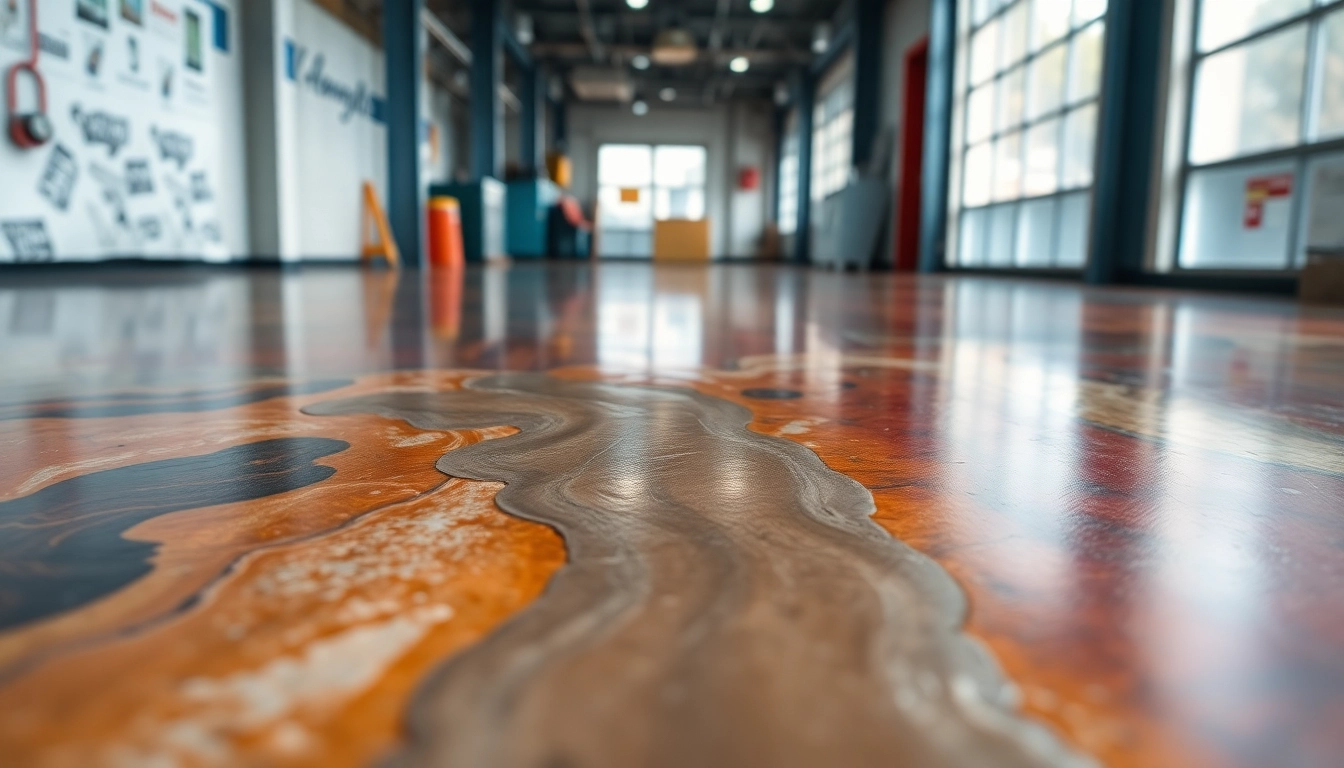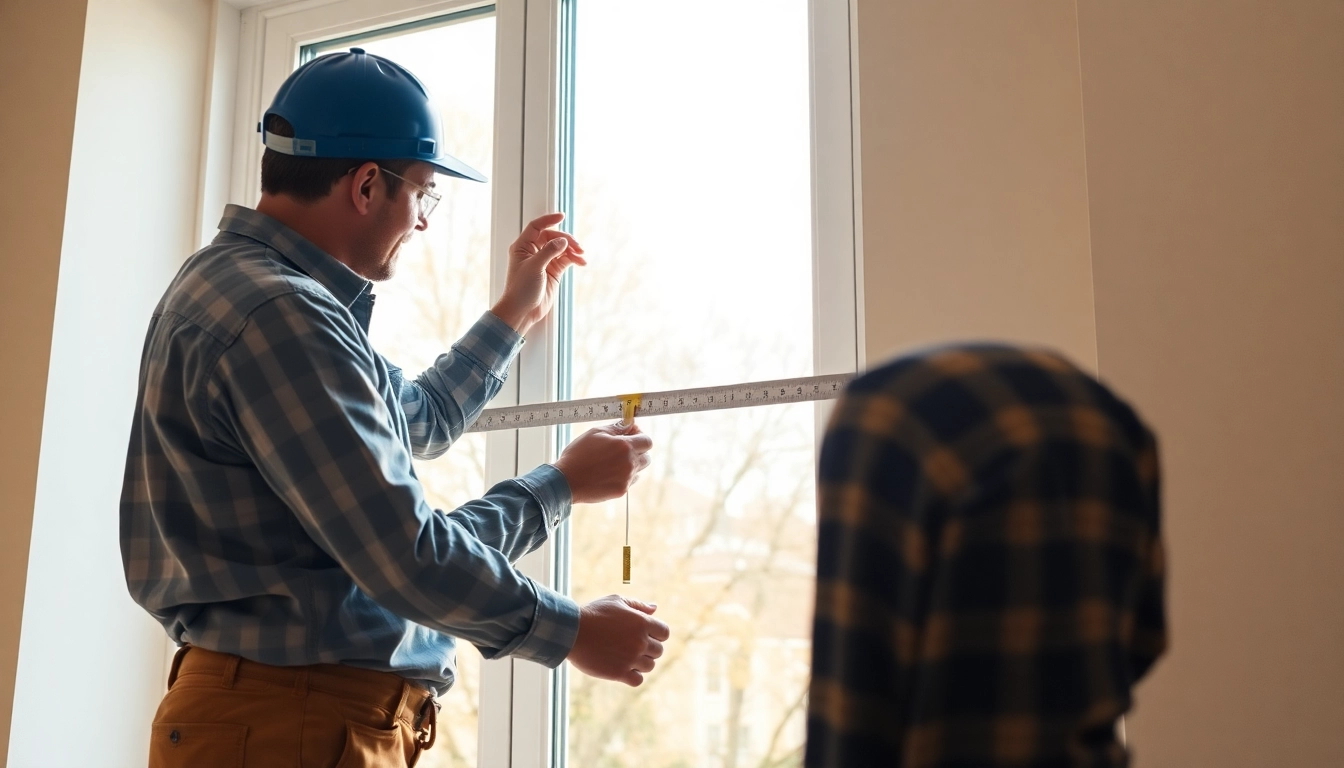Understanding Epoxy Resin Floors and Their Benefits
Epoxy resin floors have become a cornerstone of modern flooring solutions, offering a combination of durability, aesthetic appeal, and versatility that appeals to both commercial and residential spaces. Whether you’re considering refurbishing a warehouse, transforming a garage, or upgrading a retail outlet, understanding the fundamentals of epoxy resin floors is essential for making an informed decision. This comprehensive guide will delve into what epoxy resin floors are, their significant advantages, common challenges, and practical solutions, empowering you to harness their full potential.
If you’re eager to explore high-quality options tailored to your needs, visit Epoxy resin floor to discover expert services and premium systems that guarantee lasting performance and stunning aesthetics.
What Is an Epoxy Resin Floor?
An epoxy resin floor is a type of resilient surface created by applying a layer of liquid epoxy resin directly onto concrete or other substrates. The epoxy undergoes a chemical reaction that results in a rigid, seamless, and chemically hardened finish. This process transforms plain, often dull, concrete into a surface characterized by exceptional strength, chemical resistance, and visual appeal.
Typically, the epoxy system consists of two components: a resin and a hardener. When mixed, they form a durable polymer matrix that bonds effectively with most substrates. The result is a self-leveling, high-performance coating that can be customized for various applications.
Popular applications extend from industrial warehouses to stylish decorative floors in homes, commercial spaces, and even outdoor patios, thanks to the ability to incorporate different finishes, colors, and effects.
Key Advantages for Commercial and Residential Spaces
Exceptional Durability and Wear Resistance
One of the most notable qualities of epoxy floors is their robustness. They withstand heavy foot traffic, impacts, and abrasions while maintaining their integrity over time. For industrial settings handling forklifts or machinery, or residential garages with vehicles, this resilience is vital.
Ease of Maintenance
Epoxy surfaces are seamless and non-porous, reducing dirt accumulation and making cleaning straightforward. Regular sweeping and mopping are sufficient, and the surface’s resistance to stains and chemicals further simplifies upkeep.
Enhanced Safety Features
By incorporating slip-resistant aggregates or finishes, epoxy floors can improve safety without sacrificing style. This feature is particularly crucial in commercial, industrial, or outdoor environments prone to spills or slick conditions.
Versatile Aesthetic Options
From high-gloss, mirror-like finishes to textured surfaces with decorative flakes or metallic effects, epoxy floors are highly customizable. They can mimic marble, terrazzo, or even industrial concrete, aligning with branding or interior design themes.
Cost-Effectiveness
Considering their longevity and low maintenance needs, epoxy floors provide excellent value. They often cost less than traditional tiling or carpeting over their lifespan, especially in high-use areas.
Environmentally Friendly Solutions
Many epoxy formulations are low in volatile organic compounds (VOCs), making them safer for indoor air quality and suitable for environmentally conscious projects.
Design Options and Customization of Epoxy Floors
Types of Epoxy Finishes and Effects
Epoxy floors can be tailored with various finishes to meet aesthetic and functional needs:
- Uniform colors ideal for branding and clean looks.
- Quartz or Aggregate Decoratives: Incorporate granular additives for slip resistance or textured effects.
- Metallic Epoxy: Swirling, dynamic patterns that give a 3D, luxurious appearance, popular in high-end residential and commercial venues.
- Flake or Chip Systems: Multi-colored flakes embedded into the epoxy to produce a decorative, durable surface.
- Self-Leveling Gloss Finishes: Achieve a sleek, mirror-like surface suitable for showrooms, art spaces, or luxury settings.
Color Choices and Decorative Styles
The color palette for epoxy floors ranges from subtle neutrals to vibrant hues. Combining colors with flakes, particles, or metallic pigments allows for artistic expression. For example, a retail outlet may choose branding colors with metallic accents to reinforce identity, while a garage might opt for a neutral tone with added texture for traction.
Integrating Branding and Unique Patterns
Epoxy flooring offers opportunities for custom logos, patterns, or textures that can serve branding purposes or delineate zones within a space. This is especially advantageous in commercial settings such as showrooms, gyms, or offices where visual identity is essential.
Installation Process and Best Practices
Preparation of the Subfloor for Optimal Adhesion
Successful epoxy flooring begins with thorough surface preparation. This includes cleaning, degreasing, and mechanically profiling the substrate to ensure strong bonding. Grinding or shot blasting is often employed to open the concrete surface for better adhesion and remove any contaminants or existing coatings.
Step-by-Step Application Techniques
- Priming: Applying a suitable primer to enhance adhesion and seal the surface.
- Base Coat: Pouring or screeding the epoxy resin, spreading it evenly across the surface with rollers or squeegees.
- Decorative Elements: Adding flakes, metallic particles, or other decorative features during or after the base coat curing period.
- Topcoat: Sealing the surface with a clear epoxy or polyurethane to protect the finish and enhance gloss or matte effects.
Maintenance and Long-Term Care
Proper maintenance prolongs the lifespan of epoxy floors. Regular cleaning without harsh chemicals, prompt removal of spills, and periodic resealing or re-coating as recommended by manufacturers keep the surface looking pristine and performing optimally.
Choosing the Right Epoxy Resin System for Your Needs
Industrial vs. Decorative Epoxy Solutions
Industrial epoxy systems prioritize chemical and impact resistance, often featuring thicker layers and specialized formulations for heavy-duty environments. Decorative epoxy solutions focus more on aesthetics, incorporating metallic pigments, color flakes, or textures, suitable for retail spaces, homes, or hospitality settings.
Factors Influencing Cost and Performance
Budget considerations include the complexity of design, thickness of the application, and surface area. Higher-performance systems with advanced chemical resistance or intricate decorative features may increase project costs but offer superior longevity.
Expert Tips for Successful Project Execution
- Engage experienced installers familiar with substrate conditions and epoxy systems.
- Invest time in proper surface preparation to prevent future issues.
- Choose high-quality materials adapted to your environment and traffic levels.
- Allow adequate curing time before subjecting the floor to load or traffic.
Performance Metrics and Upkeep Strategies
Assessing Durability and Wear Resistance
Material testing and real-world feedback indicate that high-grade epoxy floors resist scratching, staining, and chemical exposure effectively. Conducting periodic inspections helps identify areas needing touch-up or resealing.
DIY vs. Professional Application: Which Is Better?
While DIY kits are available and appealing for small projects or budget constraints, complex applications requiring precise mixing, surface prep, or decorative effects benefit from professional installation to ensure durability and aesthetic quality.
Future Trends and Innovative Developments in Epoxy Flooring
Emerging advancements include UV-resistant epoxy formulations, eco-friendly resin systems, and embedded sensors for monitoring structural health. These innovations promise even greater performance, sustainability, and smart building integration.



